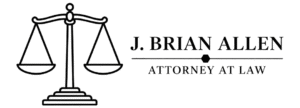A Chapter 13 is reorganization. The debtor, the individual or husband and wife filing the bankruptcy, maintain(s) possession of their exempt and non-exempt and pay(s) to the Chapter 13 trustee their disposable income for a period of at least 36 months and up to 60 months. In most cases, disposable income is the difference between monthly gross income and monthly household expenses. A debtor or debtors who are self-employed or own and operate a business also deduct their monthly business expenses from gross receipts and income.
A Chapter 13 Plan can pay back taxes owed to the IRS, past due mortgage payments on homes and businesses and property taxes, for example. In Chapter 13, the trustee does not sell the debtor’s non-exempt property. Instead, an individual or husband and wife keeps their non-exempt property and pays the value of their non-exempt property as part of their Chapter 13 Plan payment, to the Chapter 13 Trustee who disburses a pro rata payment to the individual or husband and wife’s unsecured creditors.
If you have filed a Chapter 7 bankruptcy for which you received a Chapter 7 discharge in the last 8 years, you will not be eligible to file another Chapter 7 so a Chapter 13 bankruptcy may be filed for protection from creditors and save your property.
In a Chapter 13, you may be able to “cram-down” certain secured debts. A “cram-down” means you can pay the lesser of the value of your property that is collateral for the secured debt. Examples include cars and trucks that were financed over two and half years ago, your Chapter 13 Plan only pays the cram-down value of the car or truck and balance is classified like a credit card, called unsecured debt. Also, interest rates can be cram-down nearly to current prime rate, 3.25%. The result is a much lower car or truck payment, being paid in the Chapter 13 Plan. And, your car or truck is protected from repossession while you keep current on your Chapter 13 Plan payments and maintain adequate insurance coverage against damage to your car or truck.
Other secured debts such furniture and appliances can be cram-downed to value and near current prime rate at the time of filing a Chapter 13 case.
Chapter 13 Bankruptcy works like bill consolidation, but better! In your Chapter 13 Plan, credit cards, medical bills, signature loans, finance company loans, collection agencies, bank overdrafts, and deficiencies owed after repossession and foreclosure included. The amount you pay these creditors is based on your disposable income and after paying secured creditors in your Chapter 13 Plan. Secured creditors are paid after the balance of my attorney’s fee is paid in most cases. Also, general unsecured debts are paid after you Chapter 13 Plan pays back child support, IRS taxes and property taxes. Like Fresh Start Bankruptcy under Chapter 7, general unsecured debts are discharged, after completing plan payments. Practically, credit cards, medical bills, signature loans, finance company loans, collection agencies, bank overdrafts and deficiencies are paid less than 1% of the amount they claim to be owed. In other words, if you owe $100,000 for example only, you pay $100 total and discharge or wipe out $99,900!
Like Chapter 7, certain debts are non-dischargeable. Child support, property settlement obligations, student loans.
Chapter 13 is often used to stop foreclosure on homes and business property.
Call or email J. Brian Allen, North East Texas Bankruptcy Lawyer to schedule a free consultation.

